A Tragic Chapter in Naval Warfare
Naval warfare has seen numerous innovative and devastating weapons throughout history, each designed to gain a strategic advantage over the enemy. One such weapon, born out of desperation during World War II, was the Kaiten suicide submarine. With their primary purpose being to cause maximum destruction by sacrificing their own crew, these submarines represented a tragic chapter in naval warfare.
Origins and Development: The Kaiten suicide submarines were developed by the Imperial Japanese Navy towards the end of World War II. Facing a deteriorating military situation and in dire need of unconventional tactics, the Japanese sought ways to counter the overwhelming naval power of the Allied forces. Inspired by the successful deployment of human-guided torpedoes, known as the “kaiten” or “return to heaven,” the concept of the Kaiten submarine was born.
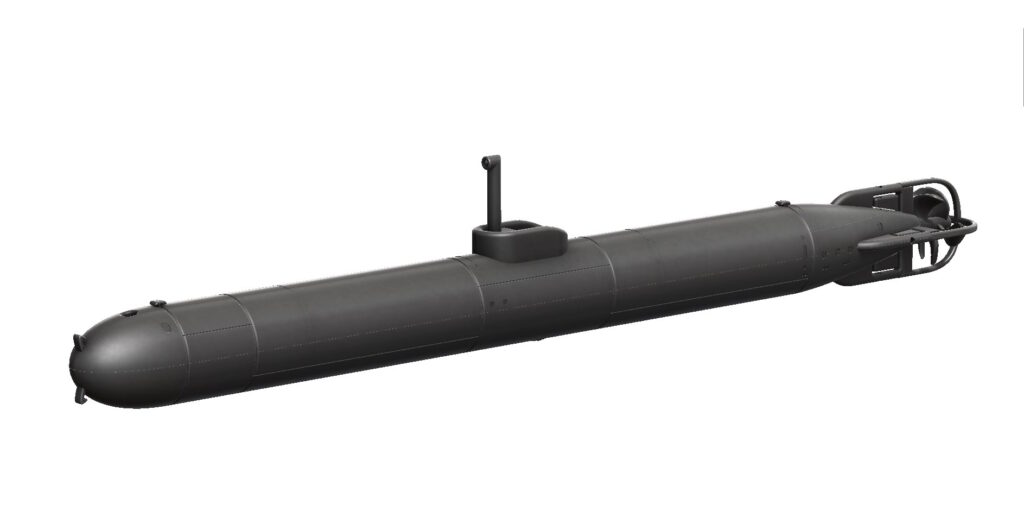
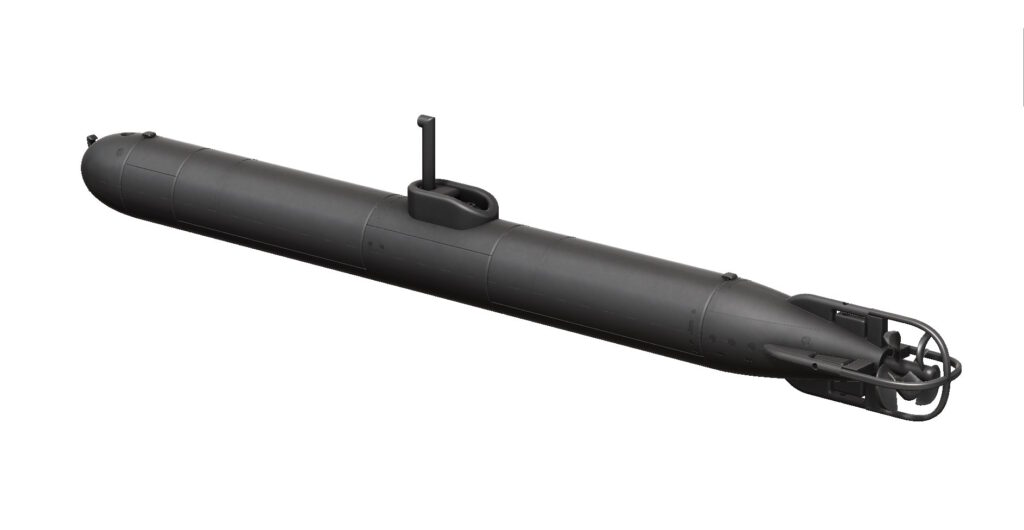
Continue reading for more information and STL file for 3d printing your own Kaiten. If you want to buy the 22mb 3d model file pack, it is here.
Design and Functionality: The Kaiten submarines were essentially modified Type-A torpedoes with a small conning tower and a cockpit for a single pilot. These submarines were manned by a crew of one or two volunteers who had been trained for their final mission. The cockpit had rudimentary controls for depth, speed, and direction, but the Kaiten submarines lacked the ability to return to the mother submarine once launched.
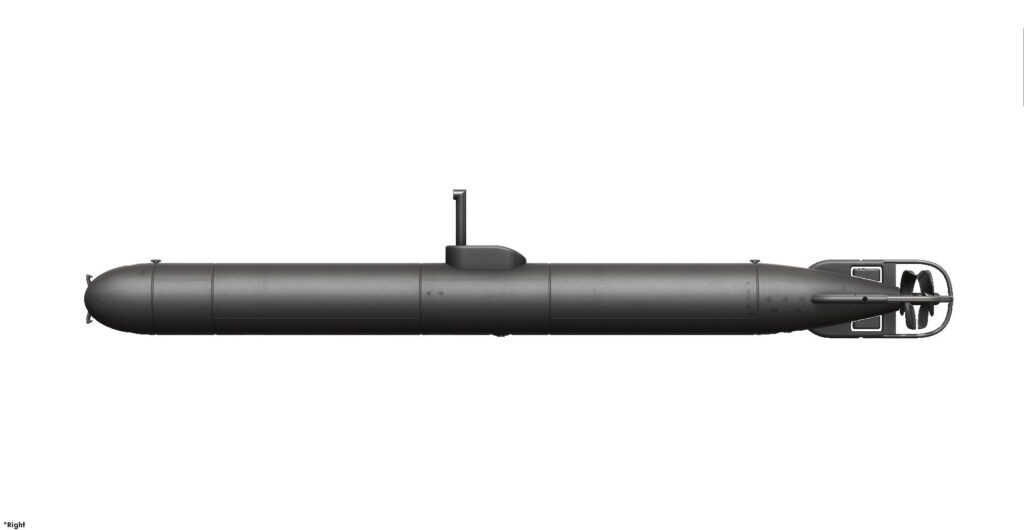
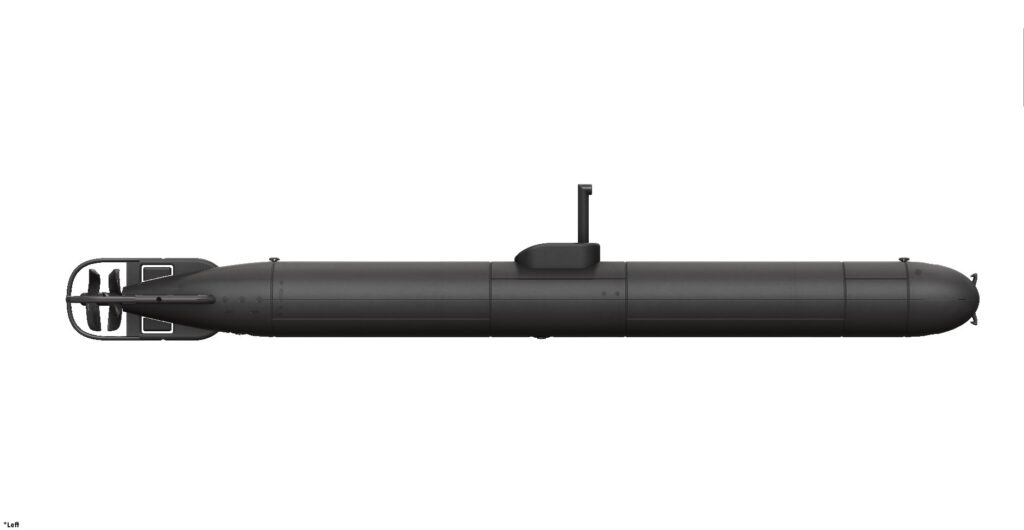
The crew members, often young men driven by a sense of patriotism and honor, were fully aware that their mission would most likely be their last. The goal of the Kaiten pilot was to pilot the submarine towards a target, usually an enemy ship, and strike it with a deadly precision, inflicting maximum damage upon impact.
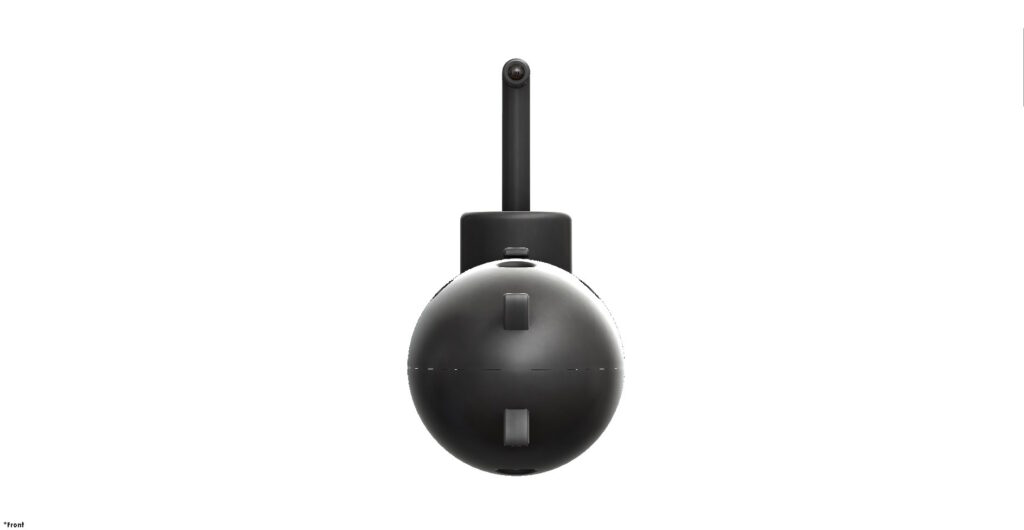
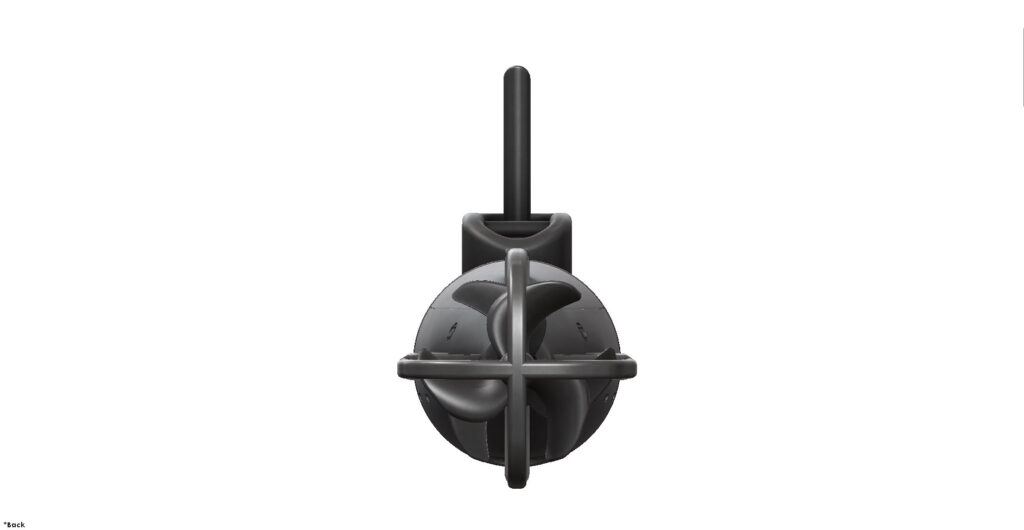
Deployment and Impact: Between 1944 and 1945, the Kaiten submarines were deployed in the Pacific theater, primarily targeting Allied ships. They were used in numerous engagements, including the Battle of Leyte Gulf and the Battle of Okinawa. However, despite the bravery and commitment of the crews, the success rate of Kaiten missions was relatively low. The submarines were difficult to control, prone to mechanical failures, and vulnerable to anti-submarine measures employed by Allied forces.
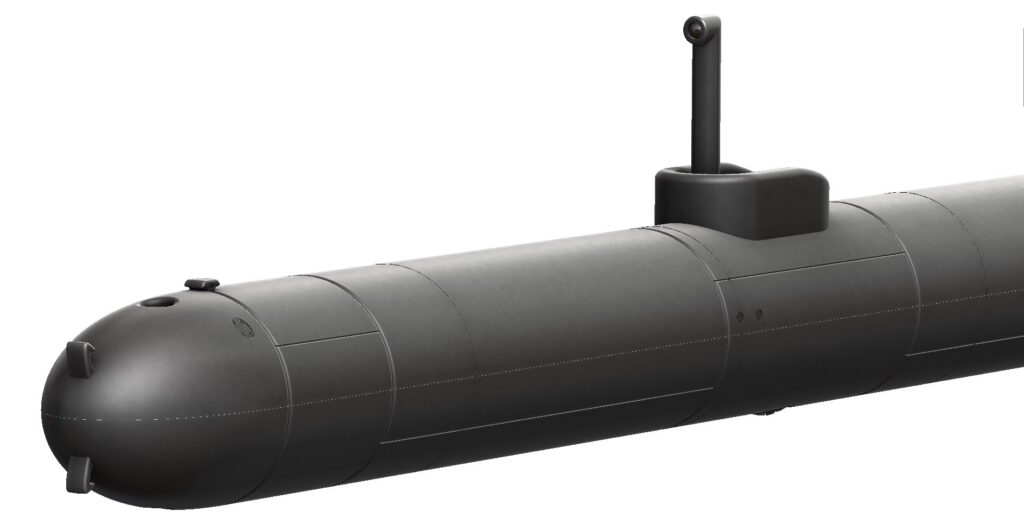
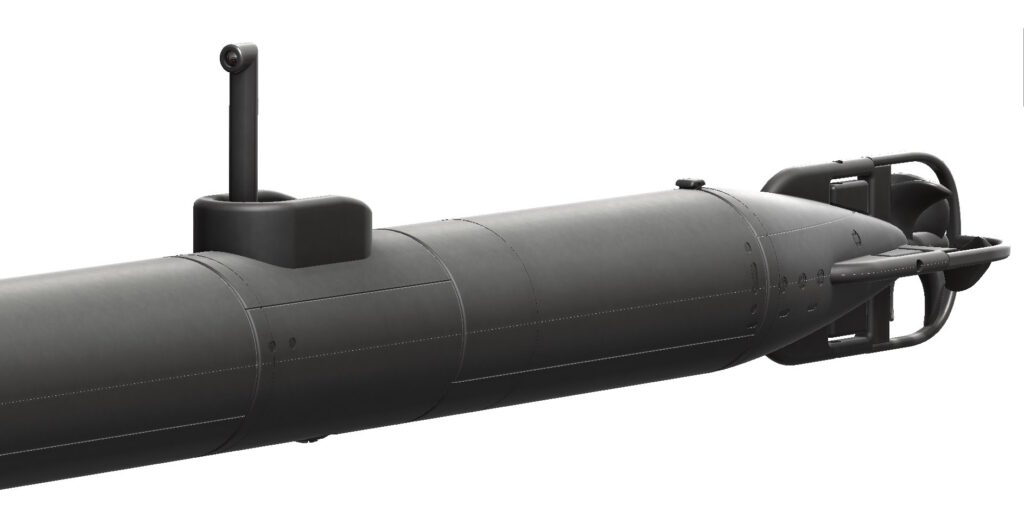
Legacy and Ethical Considerations: The Kaiten suicide submarines represented a desperate strategy employed by the Japanese military during a time of great distress. The use of these submarines raises ethical questions about the sacrifice of human life for military gain. The crews who volunteered for such missions demonstrated unwavering loyalty and a willingness to make the ultimate sacrifice, but their actions also highlight the tragic consequences of war.
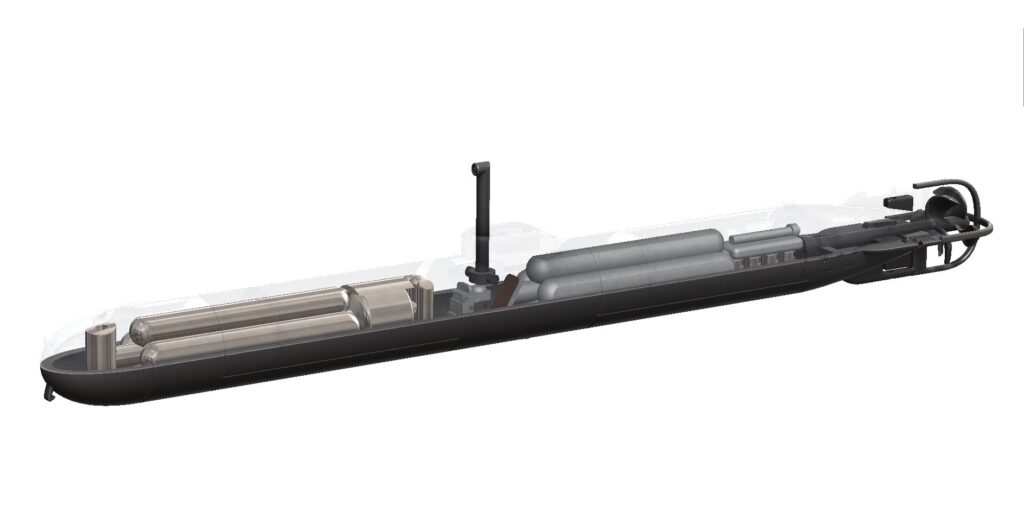
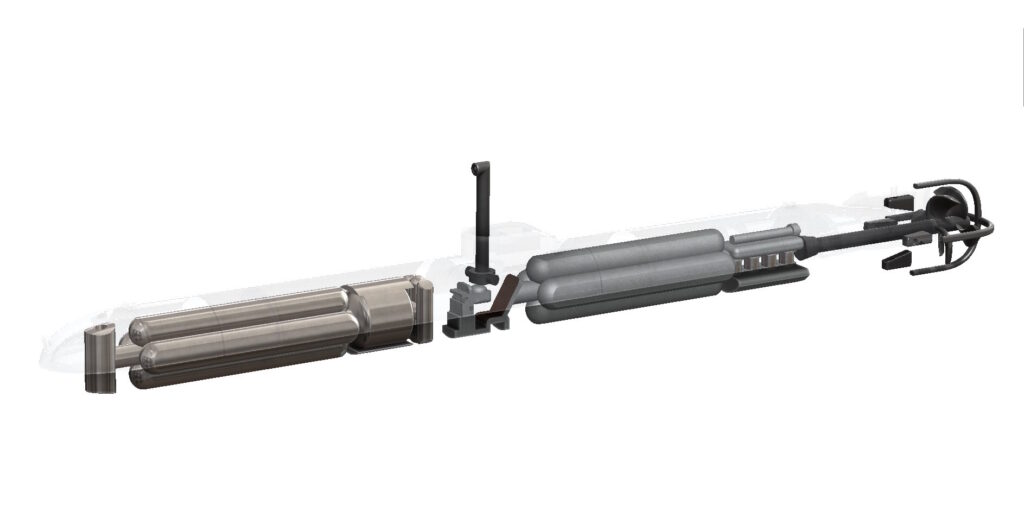
Conclusion: The Kaiten suicide submarines, born out of desperation during World War II, were a testament to the extreme measures employed by the Japanese military in their struggle against the Allied forces. These submarines represented a tragic chapter in naval warfare, where young men willingly sacrificed their lives for the hope of causing substantial damage to the enemy. While the Kaiten submarines were not ultimately successful in altering the course of the war, their legacy serves as a poignant reminder of the human cost of armed conflict.

The free STL file is below, we have also a special hi rez file pack containing the model as 25 separate STL, 3MF and Unreal Engine compatible FBX formats. You can buy this huge 23mb package from here. If you don’t have a 3d printer, you can have shapeways to print your mini kaiten and ship it to your door from here.
Social tagging: kaiten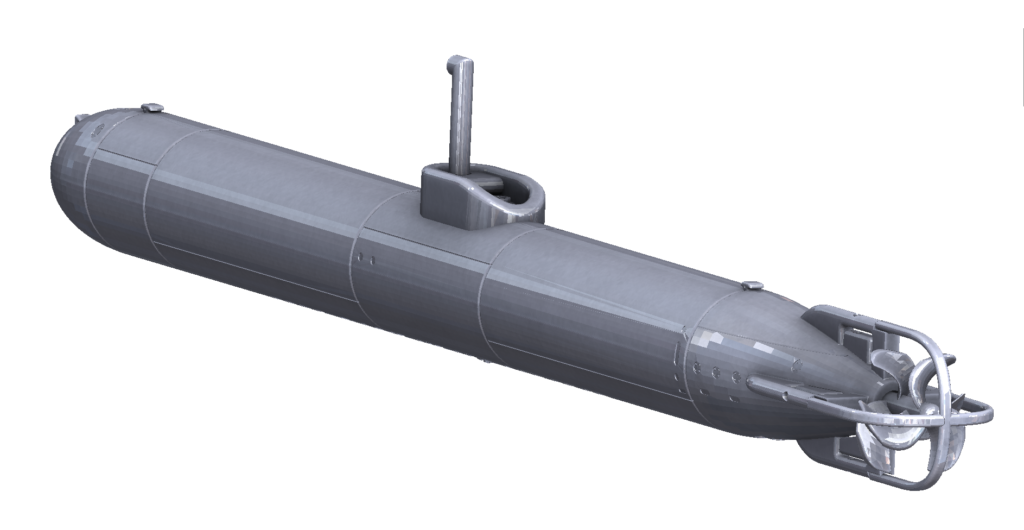





 Users Today : 18
Users Today : 18 Users Yesterday : 88
Users Yesterday : 88 Users Last 7 days : 558
Users Last 7 days : 558 Views Today : 39
Views Today : 39 Views Yesterday : 413
Views Yesterday : 413 Views Last 7 days : 2250
Views Last 7 days : 2250 Total views : 1288101
Total views : 1288101 Who's Online : 0
Who's Online : 0